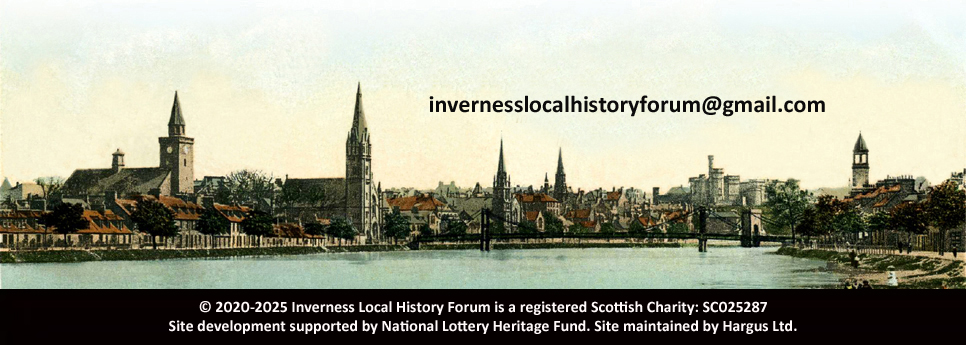US Navy Base 18
 The US Navy entered the First World War in 1917 and set about assembling and laying mines between Orkney and Norway in a hugely ambitious project known as the Northern Barrage.
The US Navy entered the First World War in 1917 and set about assembling and laying mines between Orkney and Norway in a hugely ambitious project known as the Northern Barrage.
In October 2019, the Inverness Local History Forum presented a comprehensive one-day conference about the Northern Barrage and the US Navy Bases that were created in Inverness and Invergordon. Supported by a grant from the National Lottery Heritage Fund, the conference featured talks and displays from several groups including Alness Heritage Society, Invergordon Museum, Groam House Museum, Petty & Ardersier Community Heritage, Historic Environment Scotland and Archaeology for Communities in the Highlands.
The information presented has been collated into the Forum's latest publication, The Northern Barrage: The Fence Across the North Sea in WWI, which is now available. See here for the list of stockists.
The book features over 240 photographs, and below we present a selection from the Inverness Base 18 section that provides an idea of the extent of the complex that was erected where the Carse Industrial Estate is now.





























